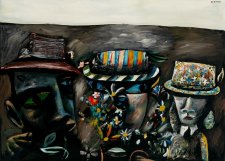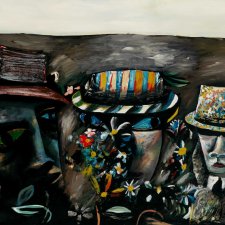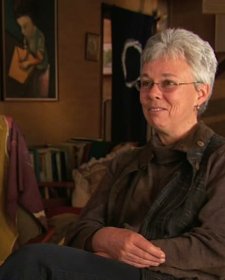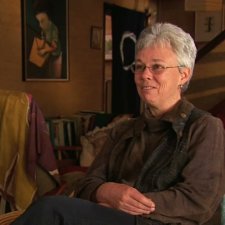When I first sort of, ten years I painted, I painted in a very emotional way, that is, that I worked from 9 o’clock in the morning till 11 o’clock at night painting like crazy. But it was not really a sort of disciplined thing, it wasn’t really a thought-out thing. It was a thing where it was chasing a substance, it was kind of style chasing a substance. Once the substance was realised in some sort of sense, then the operative thing was to make it function properly, make it function fully. It’s like, sort of, driving a little baby Austin, finally you become a mature enough driver to be able to run an E-type Jag or a very complex piece of machinery. You have the emotional equipment realised, but it is then to make it a public fact, it is then to make it kind of articulate, a real articulate message in plastic terms, that is, it must be, the feeling must be couched properly in paint, the image must be embedded properly in the paint, must be trapped, as Francis Bacon says very well, in the paint.
Well, now I work not so haphazardly, get up very early in the morning, go to the studio, clean up all the brushes, tidy up the room, sweep the floor and start working in a very detached sort of way, and work through disinterest to interest, or work, labour, very long hours on making a painting function within itself in a fairly detached sort of way. But this only could have been done by this kind of organic growth of the personality, it couldn’t have been done in the artificial sense, you can’t outside impose thoughts, they have to grow.













